Communication design
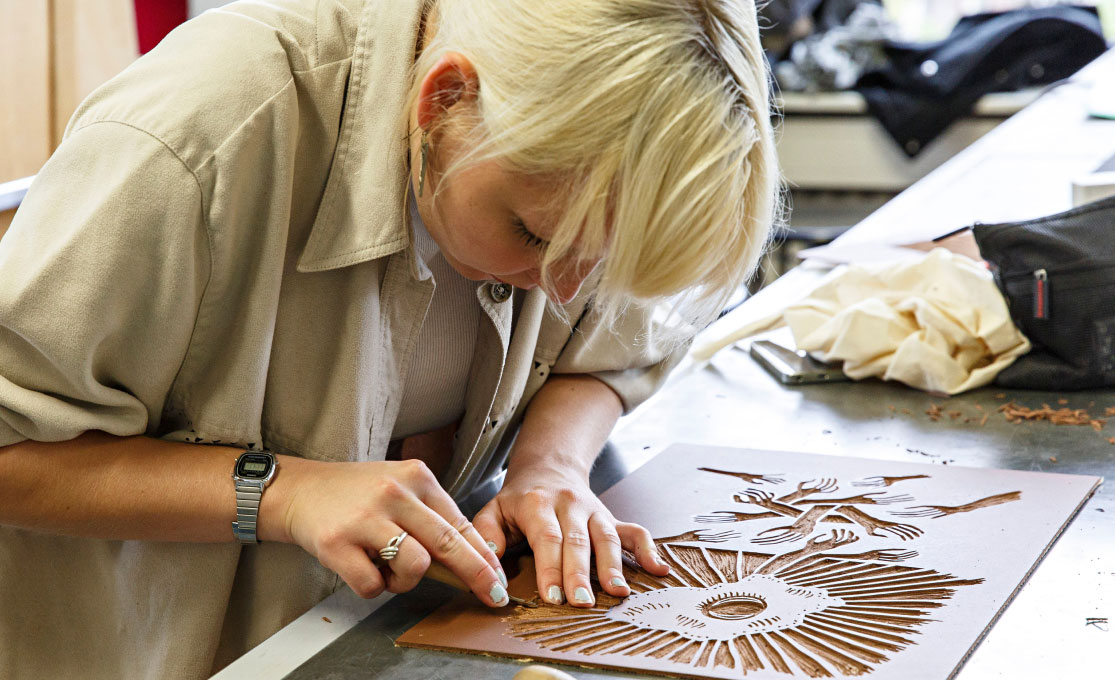
Darmstadt University of Applied Sciences prepares students for the requirements of different fields of activity in a constantly changing time and discipline: Individual skills and inclinations are encouraged with the aim of developing independent design thinking.
Design projects are therefore at the centre of the course, and the other courses are geared towards these. Despite the diversity of the programme, there is a shared demand: holistic thinking, a high degree of design originality and variance, quality and appropriateness of the result.
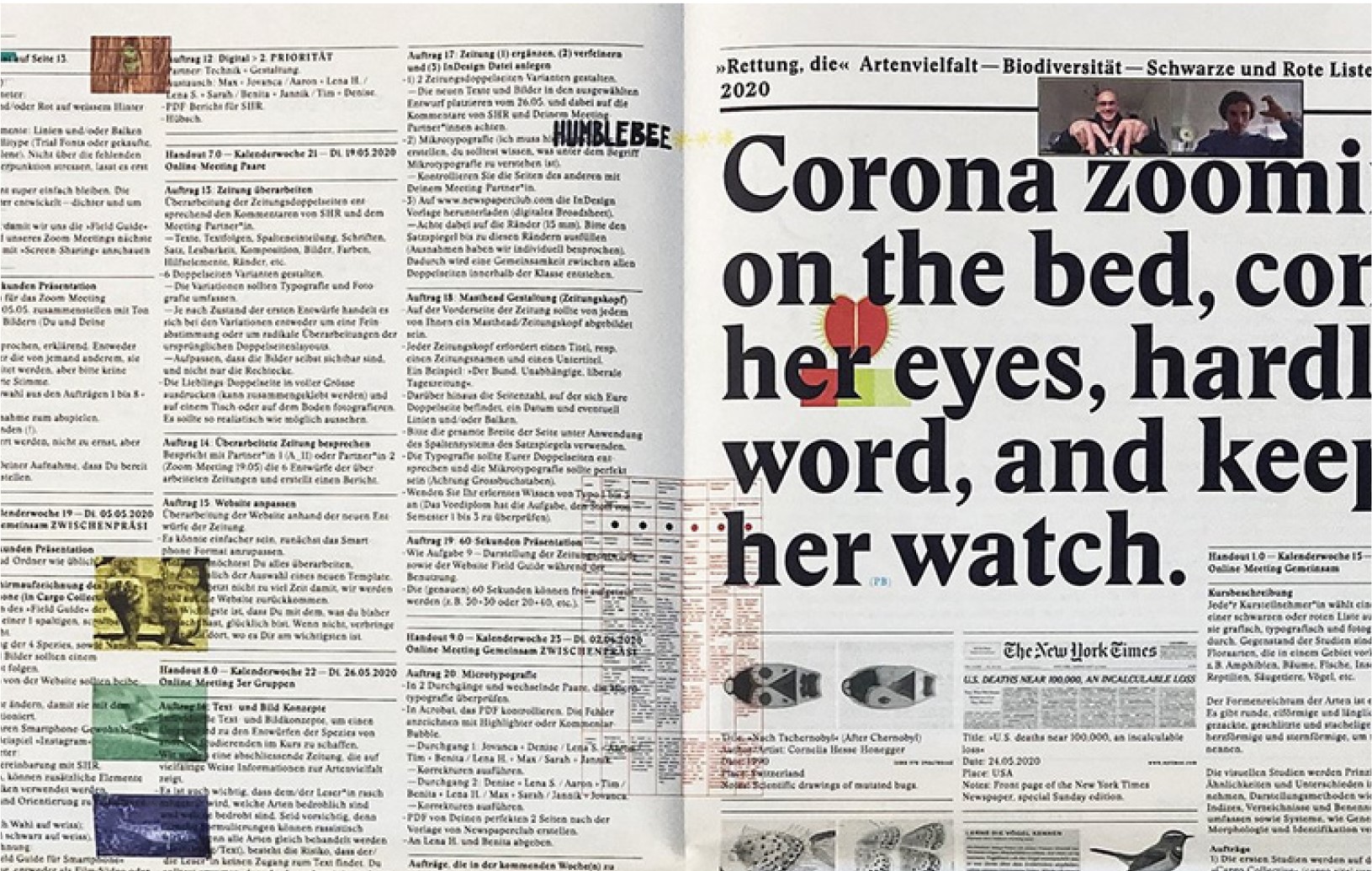
Text and image
Dealing with the representational forms of text and image is essential for communication designers: how designers understand texts and images determines the visual vocabulary they use when designing. Regardless of whether they are working on editorial, interactive, cross-media or product-related design projects: Solid knowledge of how text and images work is always required. This is just as important for traditional design media - books, newspapers, posters, type, etc. - as it is for social media and other non-analogue media.
NARRATION
Storytelling is an essential element of our communication. Communication design uses narrative strategies to convey content, ideas and knowledge in the form of coherent stories - these are conveyed here.
In graphics, stories can be told with individual drawings, illustrations and image sequences (e.g. comics). Moving images of all kinds - video, film, animation - create audiovisual narratives that develop along a linear timeline. Their individual building blocks are the image space, the composition of the image, the cadrage, the movement in the image, the movement of the camera, the time or duration and the sound in its various manifestations. All these components become an audiovisual narrative in the montage: a narrative that inspires, informs and entertains people.
Scenography, on the other hand, uses the temporal and dramaturgical sequence of spaces to compose spatial narratives with stagings, objects and media - walk-in visual worlds that offer emotional and sensual experiences.
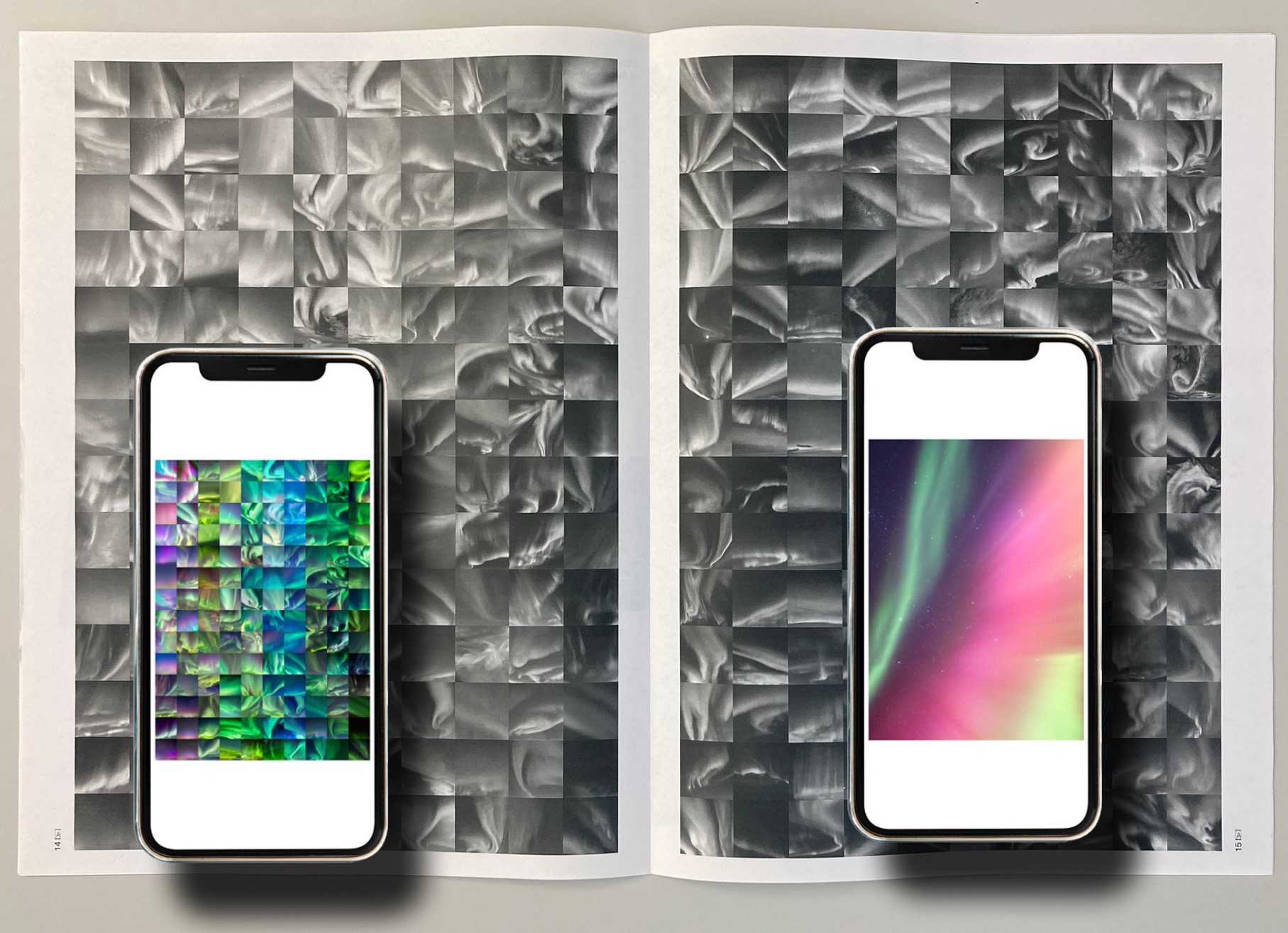
Corporate
Design for companies, non-profit organisations or public bodies ranges from a uniform transmedia presence to questions of institutional orientation.
Specifically, this includes Corporate identity/corporate design, brand development (branding) and the design of informative or advertising content - from posters to social media presence. Business design combines strategic and creative expertise to develop new products, services, business models and fields of activity. Entrepreneurial design comprehensively aims to create meaningful and coherent company and corporate concepts.
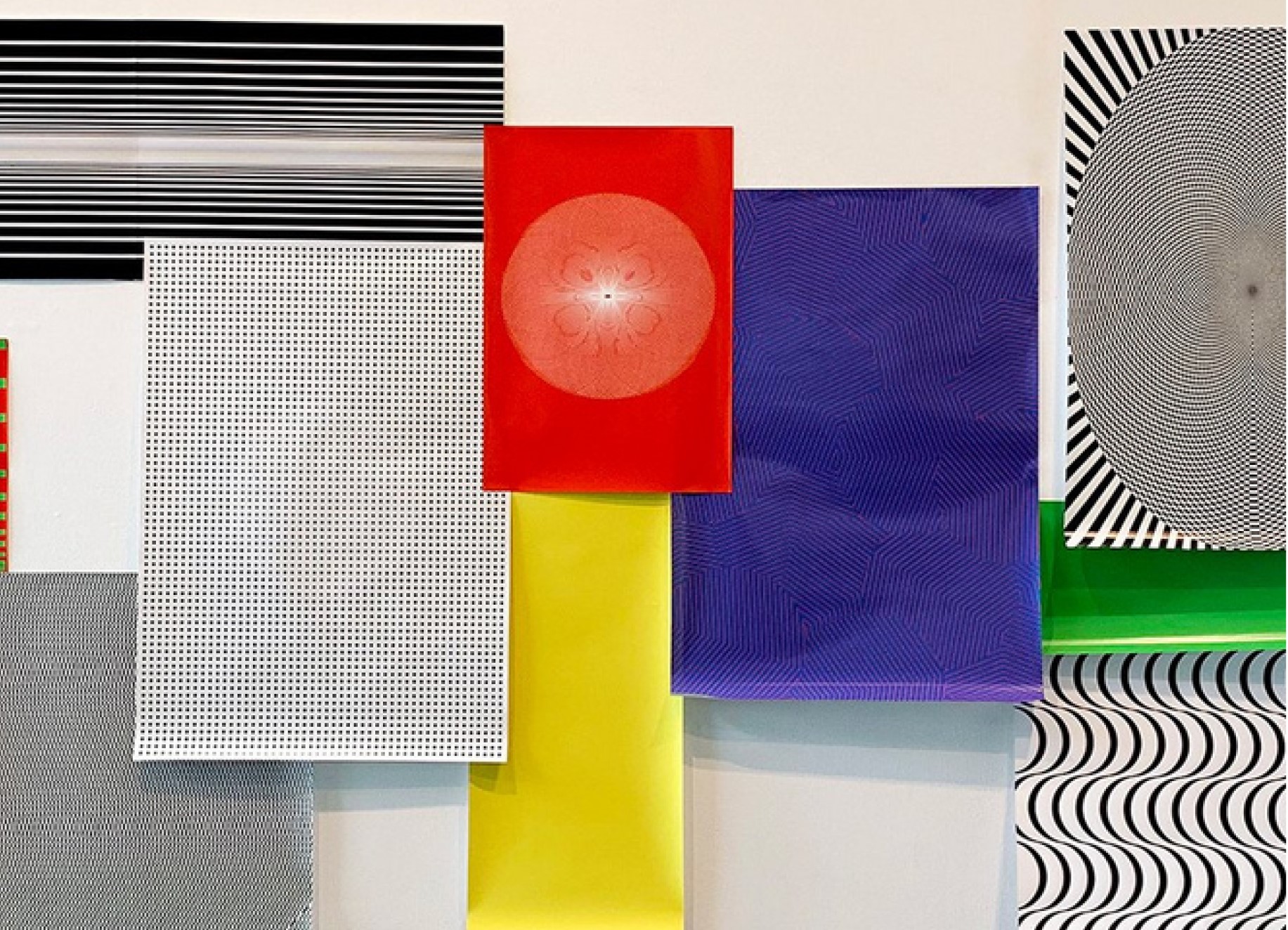
Experience
Creating holistic experiences is one of the greatest challenges for designers. How can such a claim be realised?
Experimental research and creative exploration, emotional security and user experience requirements documents (UERDs) open up various avenues. So do customer surveys and knowledge of human nature. Whether it's smartphone use and gaming, exhibition visits and shopping, hospital stays, clubbing or even funeral services - the aim is to use the design of holistic experiences to improve our living environment.
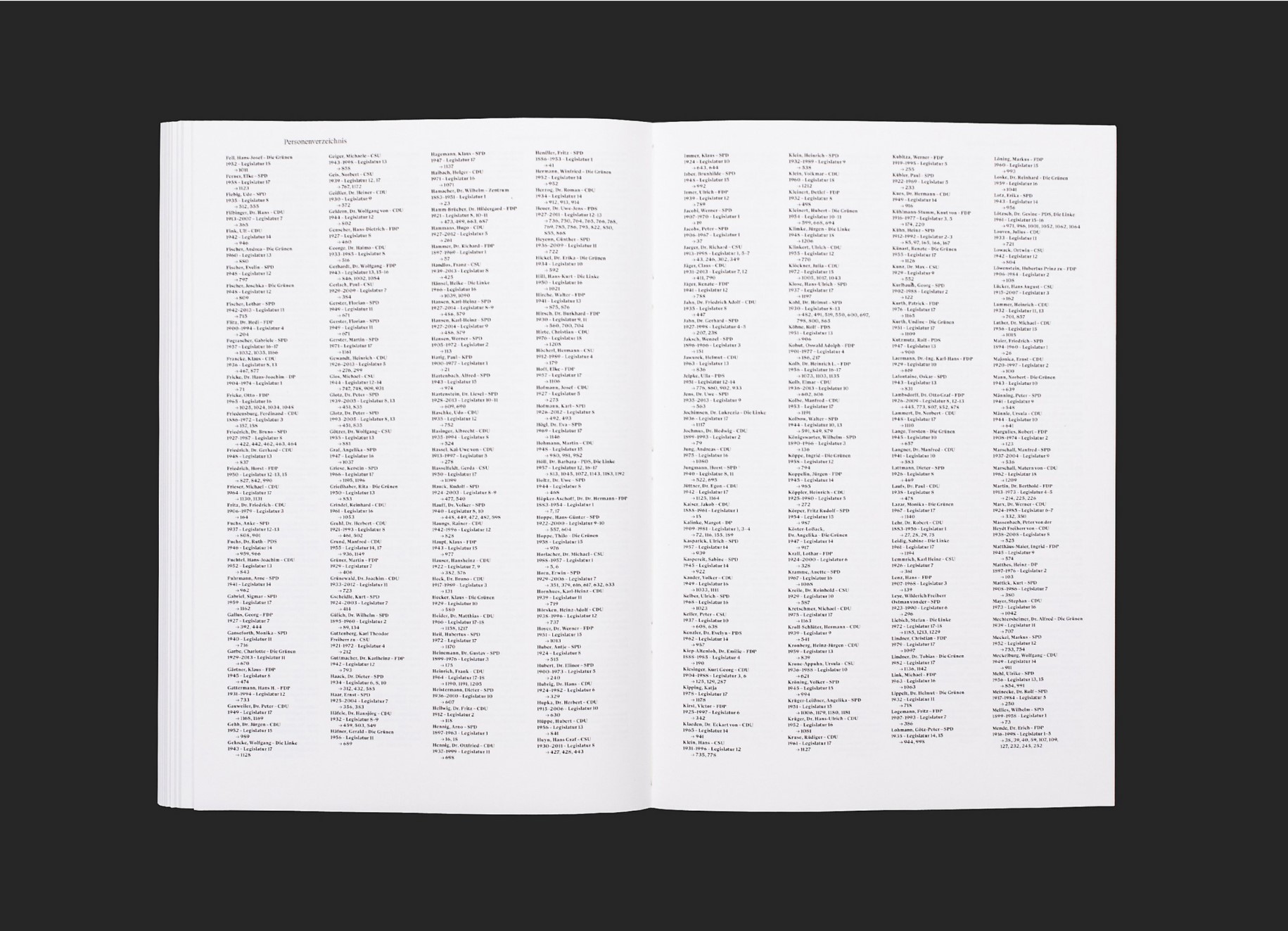
information
Information design encompasses the fields of visualisation, signage, diagrammatics and scientific presentations and is used in the design of museums and teaching materials, in the creation of scientific charts and documentation and in the development of signage systems.
The aim is to present complex content and information in a generally understandable way and thus make it accessible to a wide range of users. Abstract facts are translated into synchronised visual representations, diagrams, graphics or images using typography, pictograms and other symbols. The signage facilitates spatial orientation through visual labelling in confusing places.

Concept
Conceptual design explores the possibilities of process-orientated, searching work, in contrast to expectation-orientated, goal-orientated work. A result is achieved through research, observation, experimentation, lateral thinking and not by following current trends.
Such a breeding ground questions the value of our aesthetic judgement and can lead to results that reorganise what design can or cannot do. The aim is - analogous to the idea of research in science - to "search for something new" and to concentrate on the creation of innovative ideas.
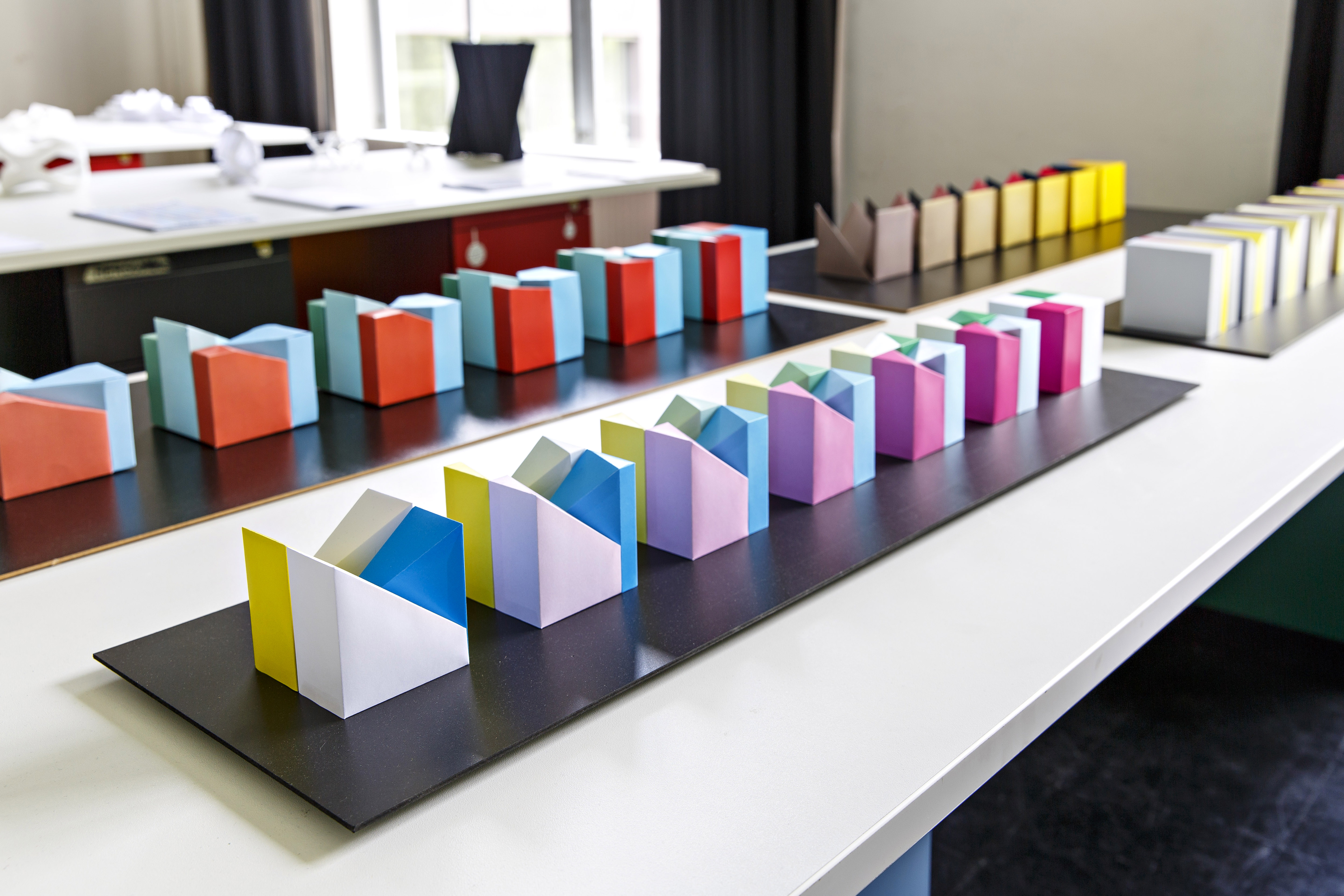
speculation
Speculative design examines the conditionality of our perceptual processes.
Experiential knowledge, facts, phenomena or human abilities, which we normally use functionally, and situations that appear to us as self-evident, are scrutinised in a materialistic examination of the elements involved. Different forms of representation are explored in experimental dividing and organising.
In the associated creative processes, everyday habits, for example, can be depicted as expectations based on mere assumptions or as assertions. The approaches of the projects shown here are designed to allow our reality to be experienced as a creative context.
The structure for your degree programme
The Communication Design degree programme is divided into basic and advanced studies and concludes with a diploma after 8 semesters of standard study time.
The basic study programme focuses on fundamental knowledge and skills as well as orientation. The main study programme focuses on creative projects, which are accompanied by a broad range of subjects up to the diploma.